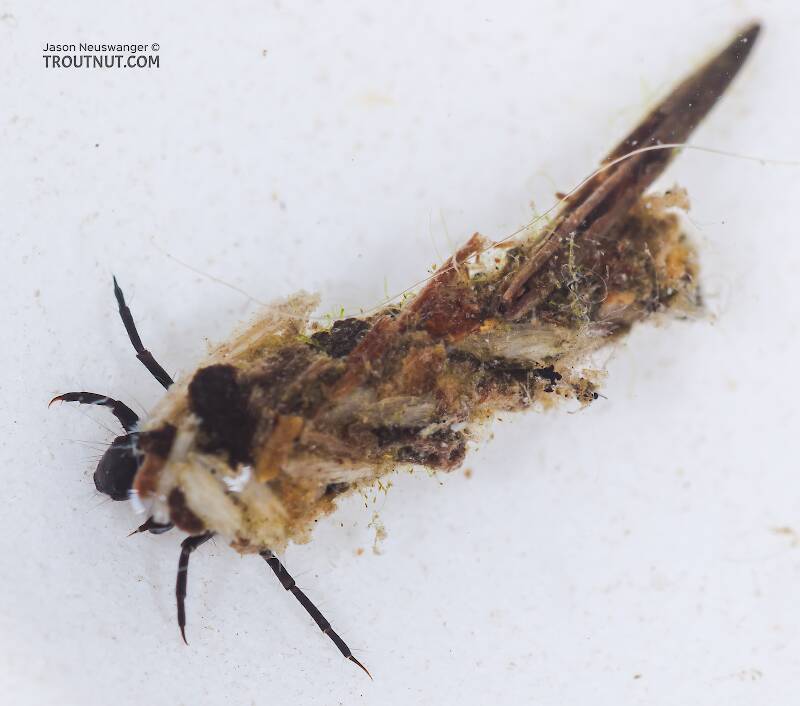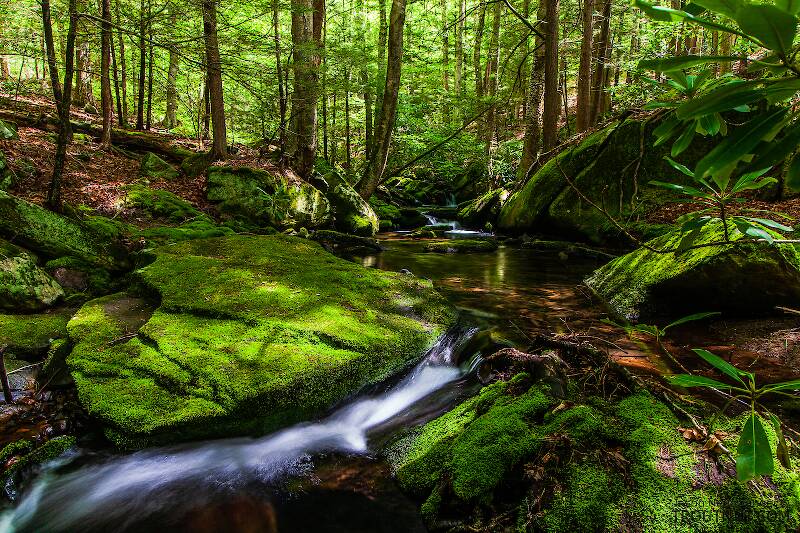
Hex Mayflies
Hexagenia limbata
The famous nocturnal Hex hatch of the Midwest (and a few other lucky locations) stirs to the surface mythically large brown trout that only touch streamers for the rest of the year.


Mayfly Species Nixe horrida
Species Range
Physical description
Most physical descriptions on Troutnut are direct or slightly edited quotes from the original scientific sources describing or updating the species, although there may be errors in copying them to this website. Such descriptions aren't always definitive, because species often turn out to be more variable than the original describers observed. In some cases, only a single specimen was described! However, they are useful starting points.
Male Spinner
Wing length: 7 mm
Mesonotum light brown; abdominal tergites light brown, median area paler but with no mid-dorsal pale line; genitalia of the lucidipennis (now a synonym of Nixe lucidipennis) type.
Head light brown, extreme frontal area yellow; a round black spot below lateral ocellus and near the eye, as in H. perfida (now a synonym of Nixe perfida). Thoracic notum light brown, becoming deeper in the region of the scutellum; posterior edges of mesonota and metanota blackish. Pleura and sternum light ochreous, not as yellow as in perfida; brown shading at bases of legs. Legs light ochreous; fore femur strongly tinged with reddish brown in the apical half, other femora with slight ruddy tinges in this area. Wings hyaline; longitudinal and cross veins pale.
Abdominal tergites light brown, the median area paler and the lateral area darker, but the pale mid-dorsal streak and postero-lateral triangles of perfida are not present in this species. Posterior margin of each tergite dark brown; sternites light ochreous. This species is most nearly allied to H. perfida, from which it may be distinguished as indicated above; also the apical margin of the forceps base is less deeply emarginate and lacks the lateral projections; details of penes somewhat different (see fig. 96, after McDunnough). Length of forceps joints as in that species.
Start a Discussion of Nixe horrida
References
- Needham, James G., Jay R. Traver, and Yin-Chi Hsu. 1935. The Biology of Mayflies. Comstock Publishing Company, Inc.
Mayfly Species Nixe horrida
Species Range
Resources
- NatureServe
- Integrated Taxonomic Information System
- Global Biodiversity Information Facility
- Described by McDunnough (1926)

